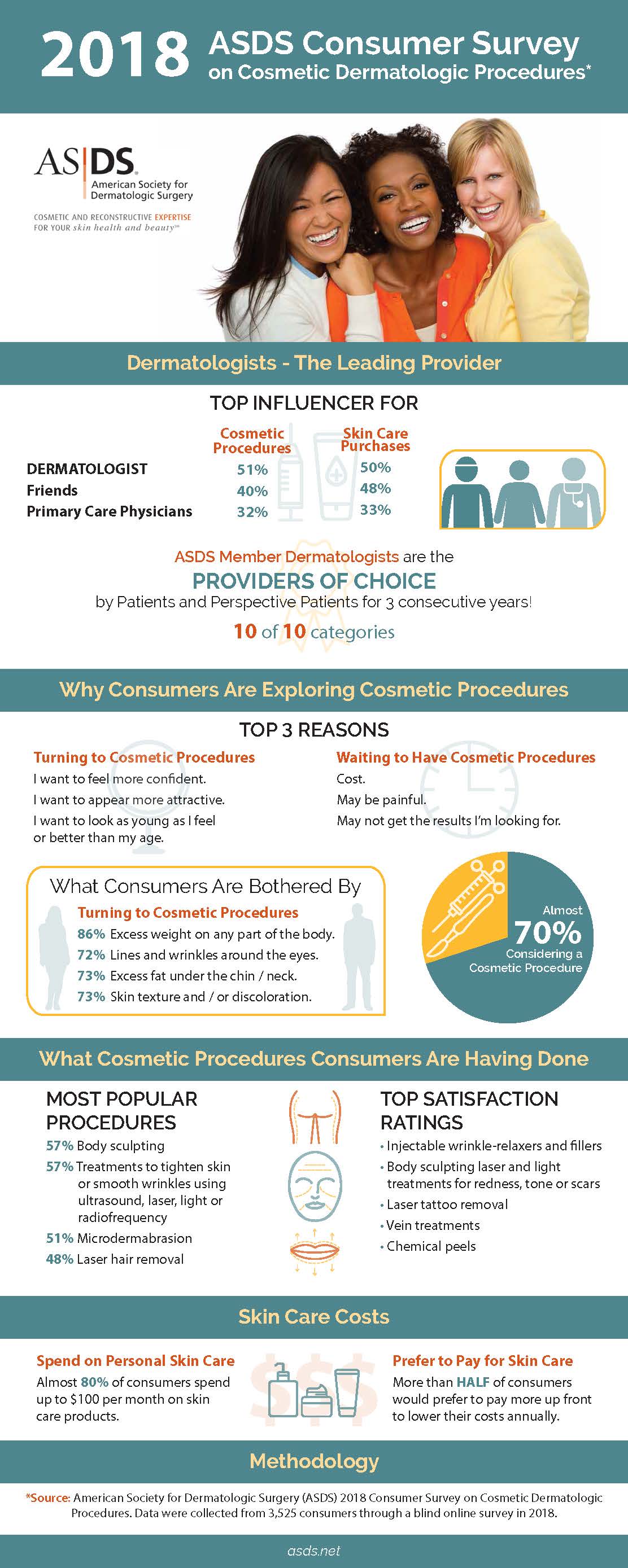Acne outbreaks in the cheek area are triggered by several points, from touching your face frequently to not changing your pillow case typically enough. Picking at imperfections enhances your risk of infection and scarring, and particular drugs can worsen dark areas (postinflammatory hyperpigmentation).
Thankfully, there are numerous methods to avoid and treat cheek acne. These include:
1. Hormonal Changes
Acne is mostly caused by hormones, especially those produced during puberty and pregnancy. For some, a family history of acne may additionally add to their problem. Anything that obstructs pores, such as oil-based skin treatment items or waxy hair products, can set off acne. Various topical treatments, like benzoyl peroxide and salicylic acid, can fight bacteria and unclog pores. Those with extreme or persistent acne must seek treatment from their doctor.
Avoid touching or pressing your acne, as this can press several of the germs deeper into the skin, resulting in a more severe outbreak. It is additionally crucial to alter pillowcases frequently and utilize clean make-up brushes. You need to likewise try to avoid irritants such as rubbing from putting on a safety helmet or tight collar.
2. Diet
The oily, sweet foods that lots of people think trigger acne might in fact refrain from doing so. As a matter of fact, studies have revealed that eating a diet rich in entire, nutrient-dense foods assists to prevent breakouts.
Foods high in the glycemic index (such as white bread, corn flakes, blew rice and potatoes, doughnuts and other pastries) elevate blood sugar level levels quickly, and this can increase hormonal agents that improve oil production and lead to acne.
Consuming alcohol cow's milk has actually also been connected to boosted acne breakouts. If you are a normal cow's milk enthusiast, you might want to attempt switching to low-fat or nondairy alternatives that are strengthened with calcium. On top of that, consuming more water can help to lower acne due to the fact that it assists to keep the skin hydrated.
3. Excess Oil
While oil is essential for healthy and balanced skin, it can end up being a problem when way too much sebum blends with dead skin cells and blocks pores. This combination can develop blackheads, whiteheads and acnes. The clogged pore wall surface can break down and spill microorganisms, dead skin cells and sebum into surrounding skin. This causes a red bump referred to as a pimple. Occasionally these red bumps have pus in the center from a bacterial infection. Bigger infected bumps that look like acne are called cysts.
There are several points that can cause excess sebum and clogged pores, consisting of hormone fluctuations, diet regimen and everyday habits. Some instances consist of touching the face often, resting your hand on your cheek, using unclean make-up brushes and not altering pillowcases routinely.
4. Stress
If you're managing pain pimples or a slew of blackheads and whiteheads, it may be time to talk with a skin doctor. They can suggest an efficient treatment that matches your skin kind. Practicing relaxation and stress-reduction techniques also helps.
Acne can take place in the cheeks as a result of rubbing and stress, such as when an individual touches their face often or uses a hat or sports helmet that rubs against the skin. It can also show up where oily cosmetics onexfly skin and creams scrub against the skin.
Prevent squeezing acne, as this can push contaminated product deeper right into the skin and cause scarring. Instead, see a doctor to find out about preventative treatments like drug, skin treatment items and way of life modifications. Eating a healthy and balanced diet regimen of entire foods, getting seven to nine hours of sleep and using noncomedogenic makeup and skincare products can all help reduce acne breakouts.
5. Hair Products
Hair products are not typically thought of as a reason for breakouts, but they can contribute to acne on the cheeks in some people. Pomade acne, which is characterized by small shut comedones and papulopustules, is generally brought on by making use of oily hair items which contain comedogenic active ingredients such as certain oils and acetylated lanolin.
Choosing hair products that don't include these potentially comedogenic ingredients is an essential step toward lessening outbreaks. Likewise, making sure that hair items aren't being available in contact with the skin can aid protect against outbreaks. As an example, putting on a headscarf or hood during the night can limit hair-to-face contact and reduce the possibility that leave-in hair products will rub off onto the face.
In addition to utilizing a non-comedogenic moisturizer and cleaning with an acne face laundry, various other practical approaches consist of:
